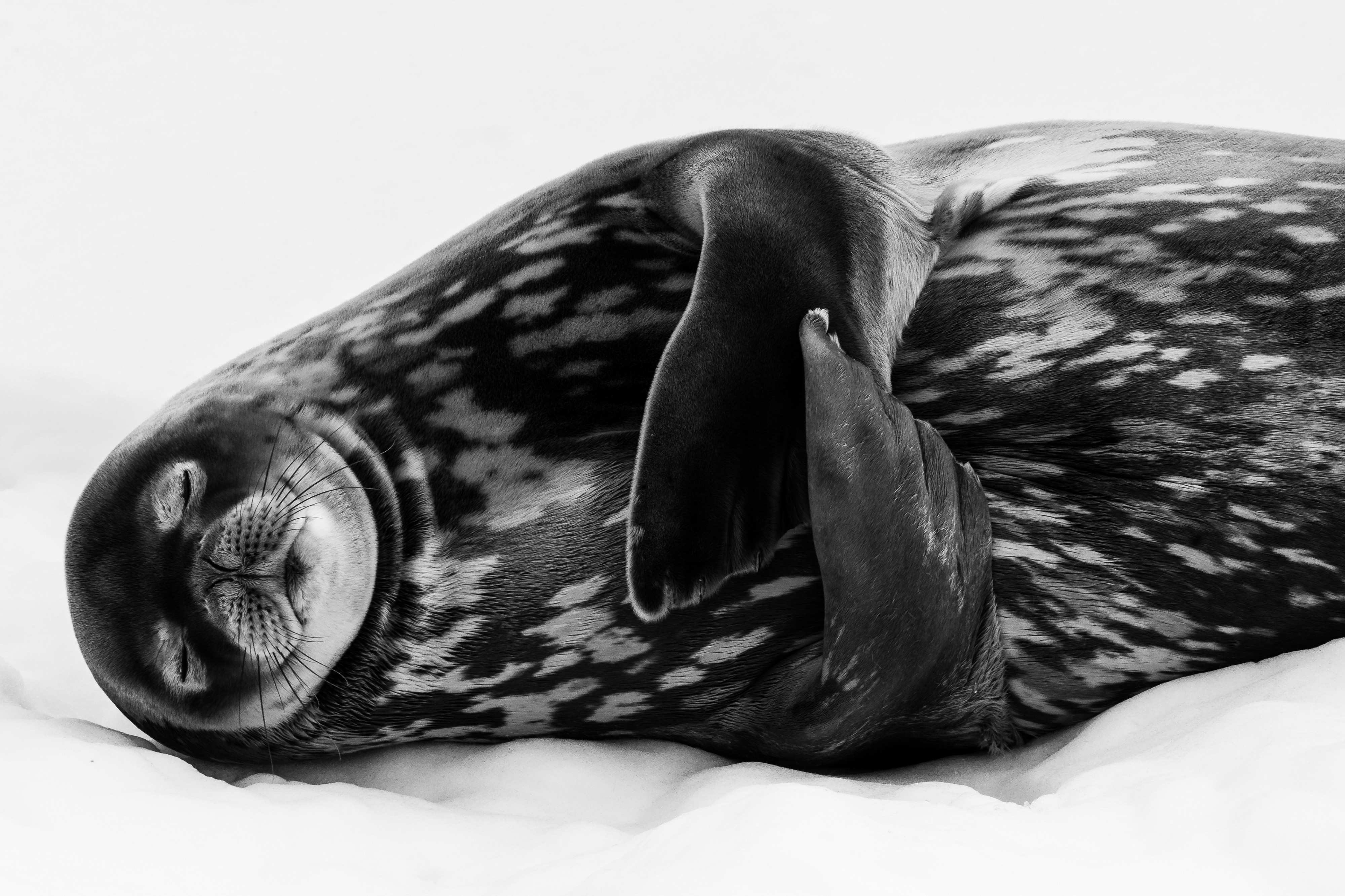Last Updated on 11/22/2019 by Mark Beckenbach
Keen on getting into wildlife photography? We bring some inspiring insights from German wildlife photographer Ralf Schneider.
German wildlife photographer Ralf Schneider has been shooting the beauty of nature for 40 years. But, it was only during this year that he added a feather to his photographer hat when his adorable photo of a napping Weddell seal made it to the roster of Highly Commended black and white photos in the largest wildlife photography competition in the world, the Wildlife Photographer of the Year . We wanted to learn more about how the outstanding photo was shot, and fortunately Ralf also obliged to share more about his insights from years as a wildlife photographer, including a number of his poignant animal encounters. If you’re developing an interest in this genre, we think our quick chat will be inspiring.
Can you tell us how your interest in wildlife photography began? What was the biggest draw for you?
About 45 years ago I started with photography after buying my first camera. I grew up in the countryside, and it was exciting from the beginning to photograph our pets like cats, dogs, and later horses. Over time, my equipment has grown, and with the first telezoom 80-200 I went shooting within the nearby forest. The most important incentive was and still is, curiosity about animals and their behavior. The most important premise of my work is that the animals are not disturbed as much as possible, and yet I’m able to photograph their unbelievable behavior and talent in the wild.
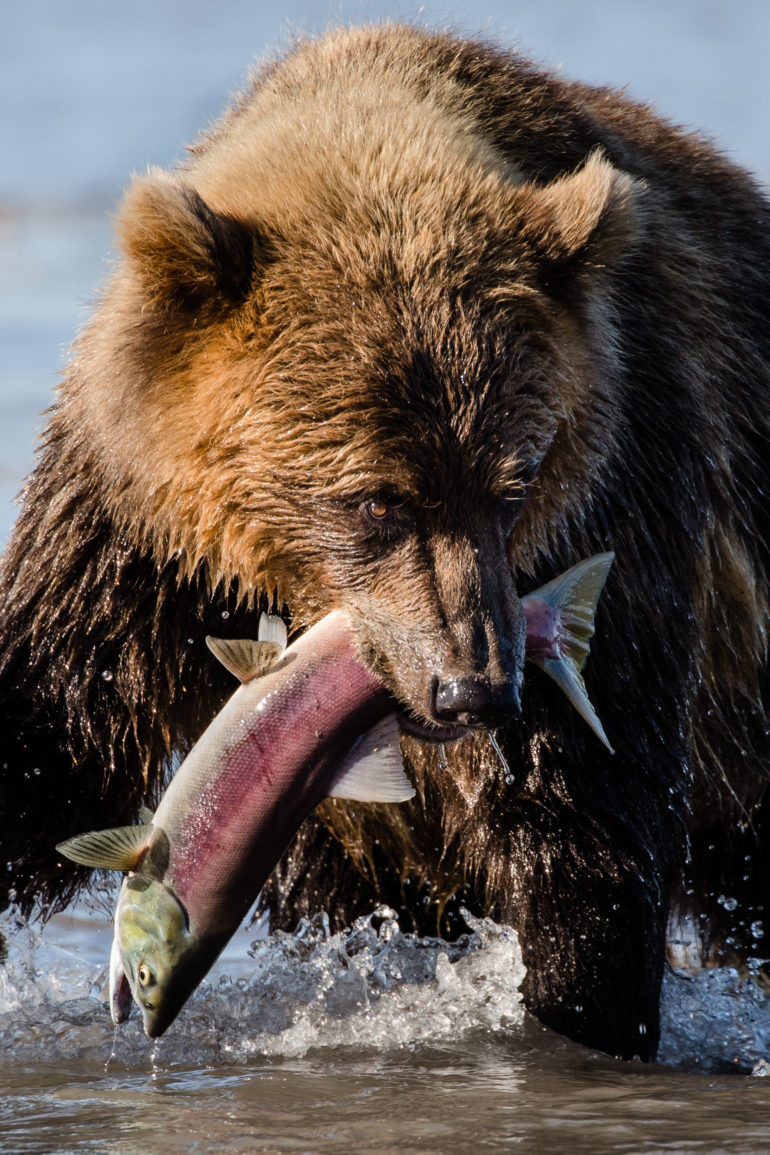
Can you share the most poignant or memorable animal encounter/s so far? What was your key takeaway from it?
On a trip to Patagonia, I had an intensive encounter with a whale mother and her child on a whale watching tour. The boat was parked and the mother and child approached our boat to arm’s length. The mother presented us her offspring, all while watching us with her eye appearing above the waterline.
I had another intensive encounter with the bears at Kurillensee in Kamchatka. It was incredible to watch the big brown bears fishing from about 7 meters away. The bears were completely focused on catching salmon, and they practically ignored us. We had expert rangers with us and it was an incredibly peaceful coexistence of bear and man.
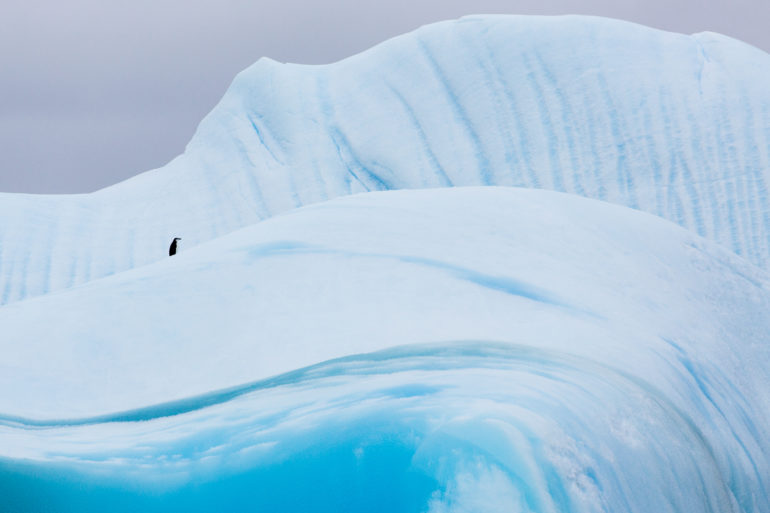
What do you consider to be the most important issue/s that the photography community needs to highlight today? How do you incorporate this into your work?
Our earth and our unique nature are not doing well. It is unbelievably sad and stupid. The burning of rain forests, mass animal husbandry, the pollution of the seas, and the mistreatment of animals is unfortunately factual and is carried out daily on our planet. It is important that we show these abuses again and again in pictures and stories. Aside from depicting the negative events, showing the positive, small “victories” is just as important to sensitize and motivate people for nature conservation. Currently, my pictures show the beauty of our nature.
They show the dreamlike, beautiful, and wild landscapes, and the wild animals in their environment with special behavior or light moods. I hope my pictures speak out to many people and motivate us to do something for the preservation of our unique nature.\
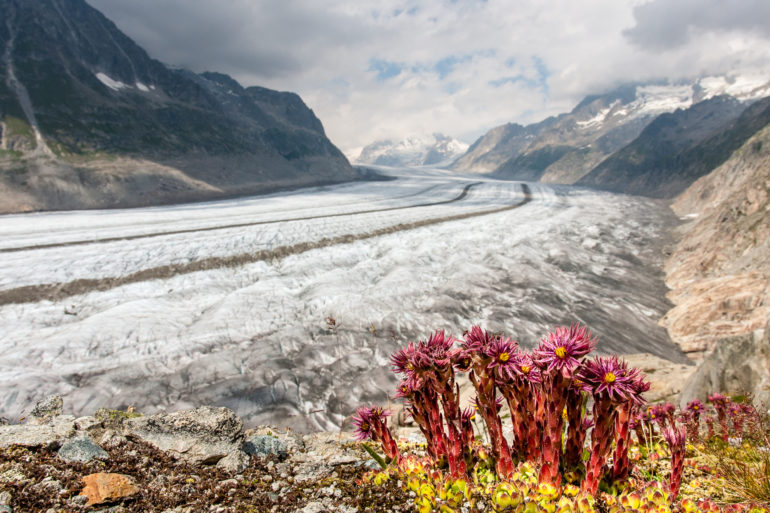
Can you tell us something about how you captured your selected photo? What challenges did you encounter while shooting, and how did you overcome them?
My photographs are often taken in my immediate surroundings or during specific journeys to see animal species that are particularly important to me. In general, I try to do the following on the spot to work without disturbing the animals as much as possible. Telephoto lenses with long focal lengths of 400, 600 and 800 mm are used for this purpose, usually from camouflaged hiding places with the tripod. In my long-term project of photographing a badger family in my immediate surroundings I spend, many nights in the forest. This is not for everyone, but curiosity prevails and it is exciting to assign the sounds you hear out there to individual animals. For this, I have ProFoto flash equipment, both continuous light and flash, in use.
I took the Weddell seal photo on a trip to Antarctica in the south of South Georgia. There, you’ll find a small population of the seal species, and with good luck, you can meet the animals. For the photo, a cloudy sky and a calm sea were necessary. The picture was taken with 600 mm from a further distance. The seal was not disturbed, and therefore, U was able to take a number of shots over 30 minutes. The beautiful animal moved like a model! It was an incredibly intense time.
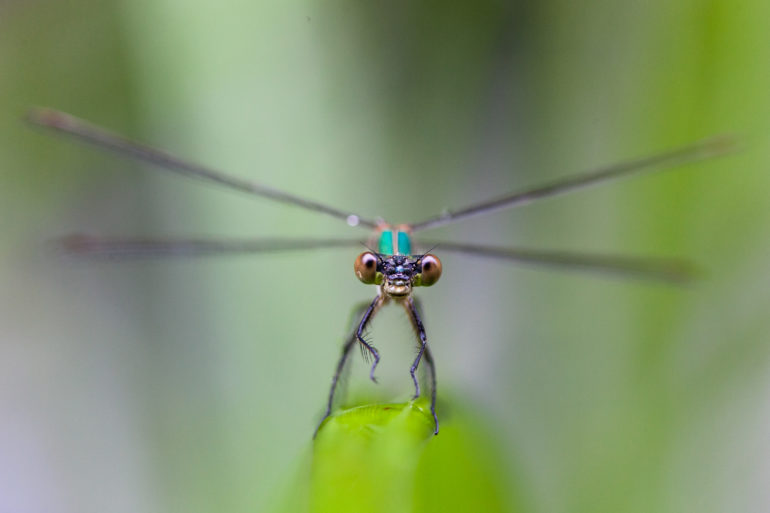
Lastly, is there any advice you can give to those who want to give wildlife photography a try?
In order to get into animal photography, my tip is, if possible, to search for motifs first in the natural environment. Good training, to begin with, is visiting the zoo because it helps to observe the behavior of animals while learning or improving photographic skills. Using techniques as well as learning how to see and create pictures are indispensable basic knowledge that a photographer must master perfectly.
As for rules, if you know some of them, like for example the Golden Ratio, you may use one if it serves the statement of your photo or project, and if the situation requires it.
In general, studying the animal is absolutely indispensable before you head out to shoot. A visit to the library or a search on the Internet helps. Only once I know the behavior of the animal, its habitat, and other factors do I go to shoot special projects.
Most important is the respect of the photographer for the animal. No picture is worth taking at the expense of the animal. Being an amateur photographer myself, I can also say that if a career as a professional photographer with a focus on wild animals becomes a possibility for you, a good portion of stamina is necessary and a passion for the cause is very important.
Don’t forget to check out Ralf Schneider’s website to see more of his work.


